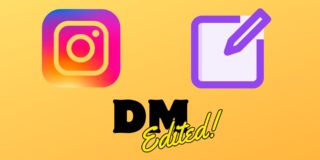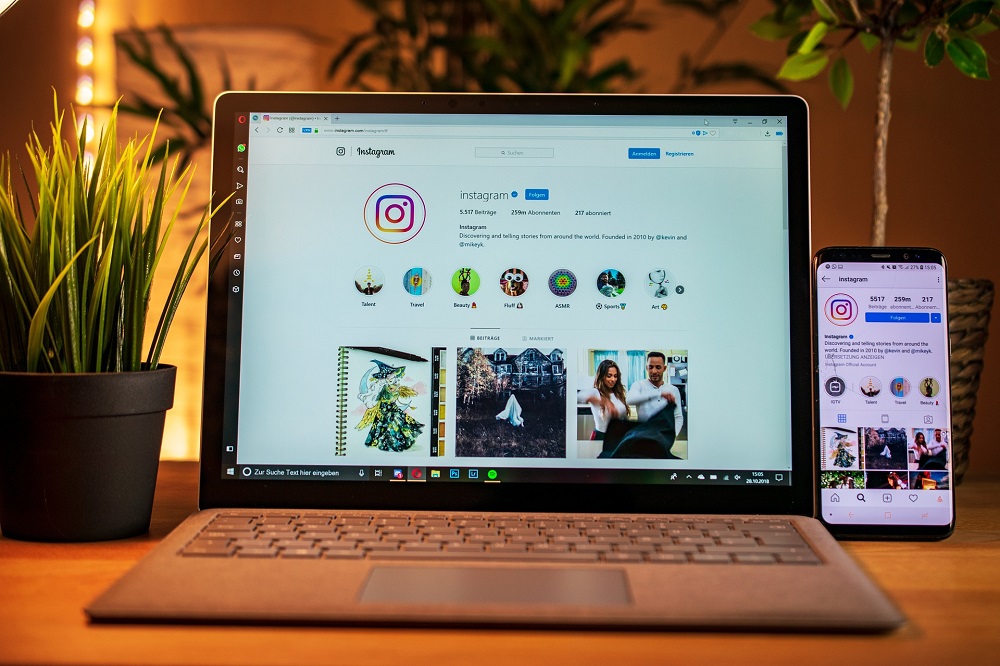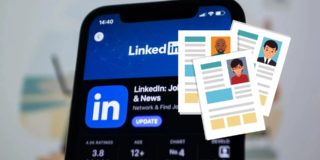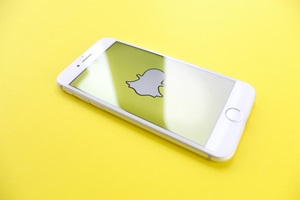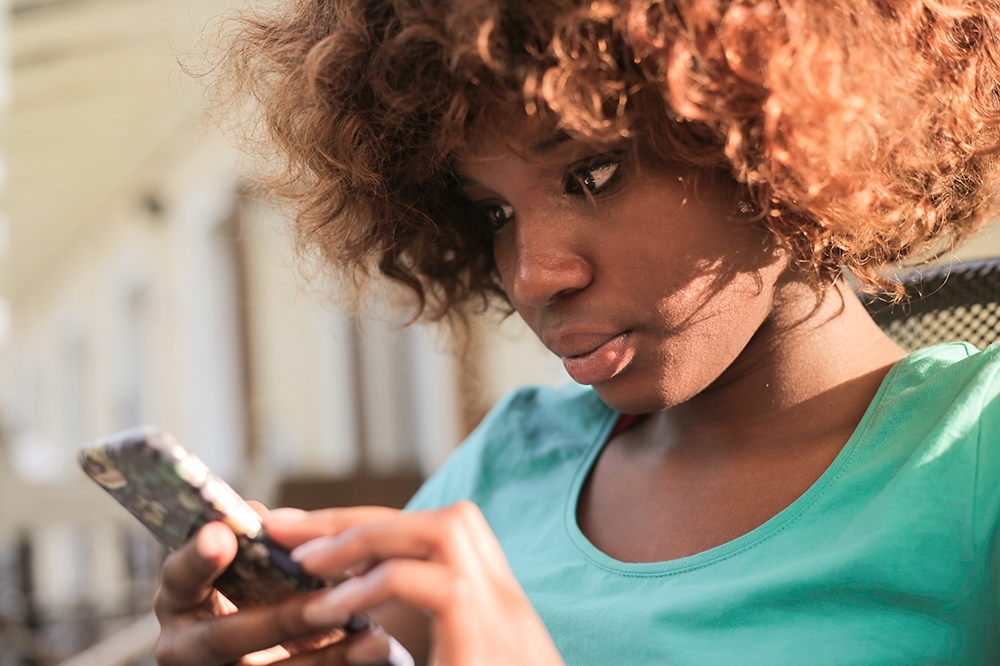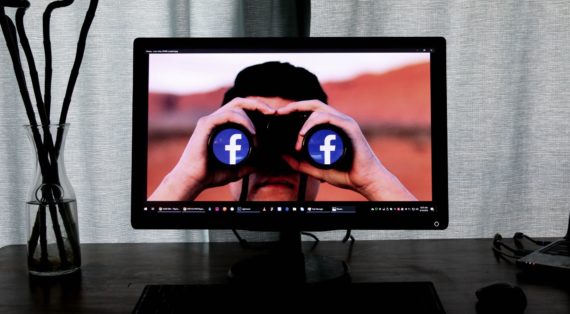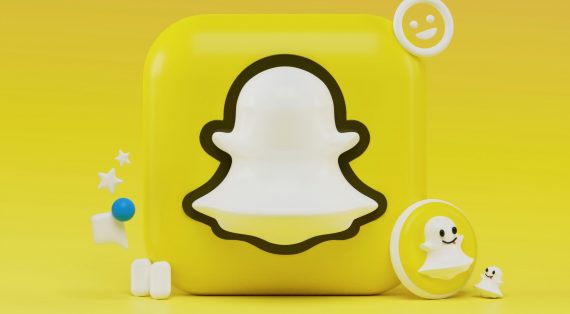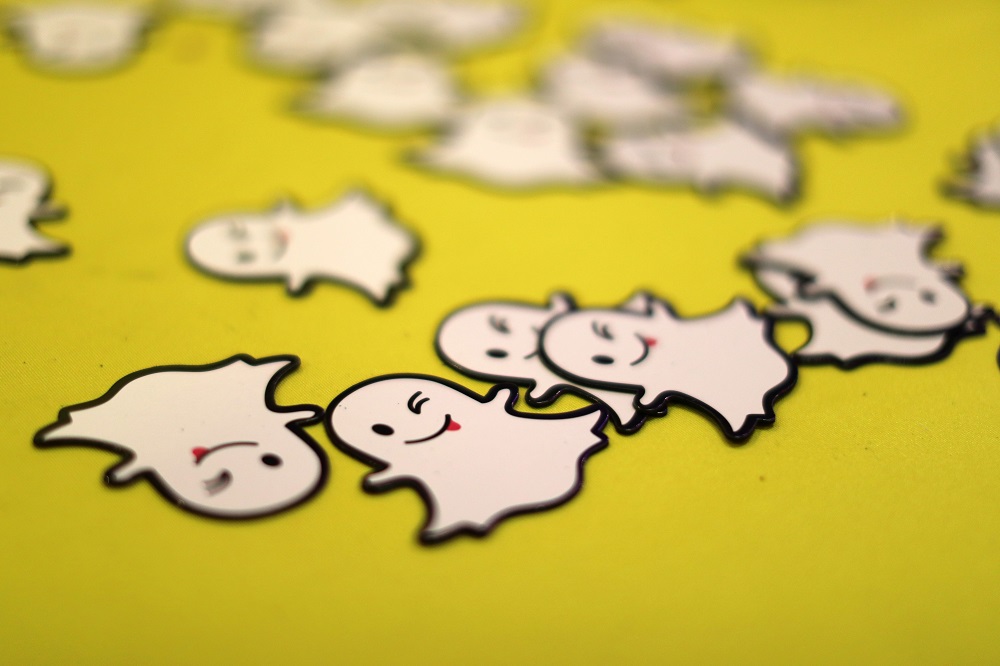Who Invented the Hashtag?(in terms of social media)
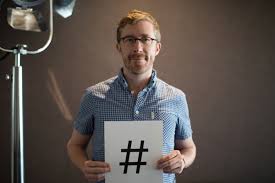
By now we all know exactly what a hashtag is and what they’re used for. We’ve seen them in our social media feeds, on our Facebook walls, everywhere you look there’s a hashtag for something.
“But how did this craze all start and who is responsible? It’s Twitter, right? I bet my money on it.”
Well, let’s not go breaking open your piggy bank just yet. It, in fact, was not Twitter that got the ball rolling. They had actually dismissed the whole idea altogether for the first few years that it was a thing. It was only after the momentum couldn’t be stopped that Twitter finally got onboard.
In order to know where it all began, we need to first take a look at the one who started it all. How a former Google product designer took a simple idea and made it into a reality.
Who is Chris Messina?
The man with the plan. Chris Messina was a silicon valley product designer who had been running an internet consulting company in 2007. He and his San Francisco cohorts had all been using Twitter to communicate and brainstorm when they suddenly came up with an idea.
The idea was that Twitter needed a group organizing framework, so Chris suggested that a pound sign (which would later become known as the hashtag) would work effectively to consolidate a group’s focus. He pitched the symbol based on previously seeing it used in front of the names of internet cafe chatrooms.
Chris tweeted, “How do you feel about using # (pound) for groups. As in #barcamp [msg]?” Twitter, with a presumed scoff, didn’t even consider the proposal stating that it was “too nerdy and would never catch on.”
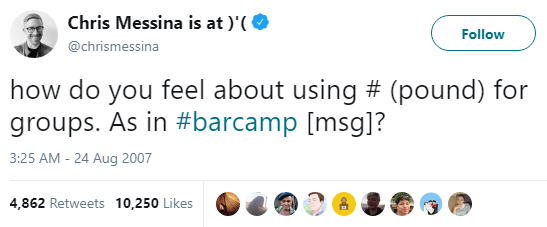
This didn’t deter Chris. Only a few days later he published a lengthy proposal to clarify his intentions on the use of the pound symbol and a few suggestions on how Twitter might start using the idea.
There was no other way that he could think of to solve the grouping problem. So what more could he do? It didn’t take long before he got his friends in on the action and proposed they give the # a try.
How the Hashtag Became a Thing
Chris wasn’t willing to give up just yet. In October of 2007, San Diego wildfires had been sweeping across California. It just so happened that one of Chris’s friends had been tweeting about it. Messina asked that he use the hashtag #sandiegofire when tweeting out, and that’s exactly what he did.
It wasn’t long before others started to use the same hashtag in order to have their voices heard.
“The fact that other people actually emulated him in real time during those fires gave me a sense that this could actually work,” claimed Messina. The hashtag had caught on.
By 2009, Twitter had finally seen reason. It may have taken two years but Twitter decided to add the option for users to search and use hashtags to organize groups. Though, Twitter still didn’t officially recognize the hashtag until July 15, 2011.
Only a year later in 2010, Instagram had followed suit by allowing its users to begin tagging photos with hashtags. It took Mark Zuckerburg a little longer to get in on the craze as Facebook didn’t allow the hashtag to officially infect the social media platform until 2013.
How the Use of the Hashtag Has Changed Social Media
There are those who adopted the hashtag to brag to friends or promote products. Something akin to #yolo or #food in order to gain more likes and followers. Then there are the “hashtag activists” and those who are using the symbol to promote change and push for solidarity.
The hashtag has had a major influence on many movements, most of which are recent, to draw attention to current events. Hashtags such as the #MeToo and #BlackLivesMatter have garnered hundreds of thousands of followers, gaining incredible momentum in recent years thanks in no small part to the hashtag.
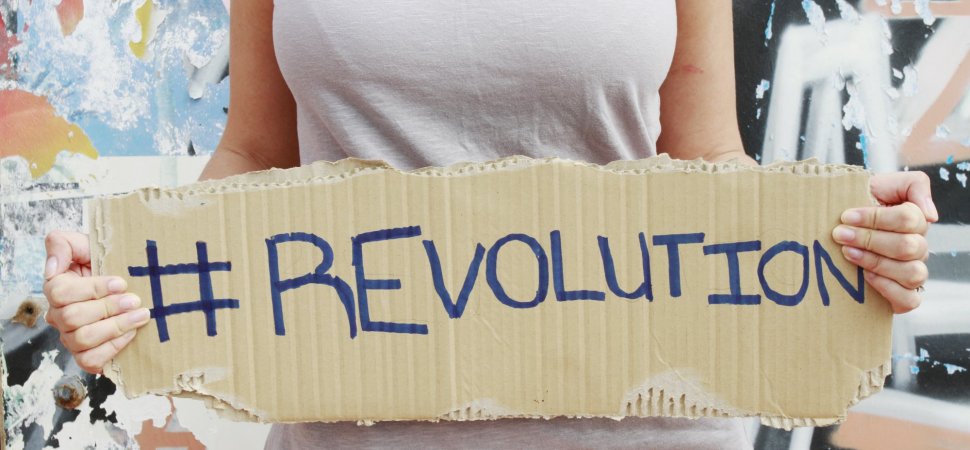
Hashtags were used throughout the 2016 U.S. presidential election as well. #MakeAmericaGreatAgain, #imwithher, and #feelthebern were all incredibly influential in the candidacy race that saw Donald Trump ultimately elected as the 45th President of the United States of America.
What Chris Messina Thinks About All of This
The use of the hashtag in social media is now more than 10 years old. You would think someone who created something so enriching to social media, being used almost by the second, would be pretty well off financially. That would be the case had Chris decided to patent the idea.
A patent would have granted Chris ownership over all HTML-activated sorting done with the use of hashtags. He could have easily licensed out the hashtag to Twitter and come away incredibly wealthy. So why didn’t he?
According to Messina, “The hashtag is my gift to the internet community.” He never wanted anyone to actually own the idea or prevent others from using it. He had always wanted the hashtag to be an open source for all, allowing anyone to take part in the conversation.
“I wanted to give back to the internet community – in some small way – to repay all those who came before me and had contributed their time, effort, and love.” Chris never had any interest in making a profit.
A patent could have hindered the growth and use of the hashtag. By “keeping the gate unlocked” so to speak, the hashtag has made far-reaching contributions to voices wishing to be heard globally on any given subject. Chris has given us all a say in the actions and events happening in real time anywhere in the world and chose to not take a dime. He wouldn’t want it any other way.
Chris Messina currently works as the head of community and growth at Neonmob, which is an art trading website.

